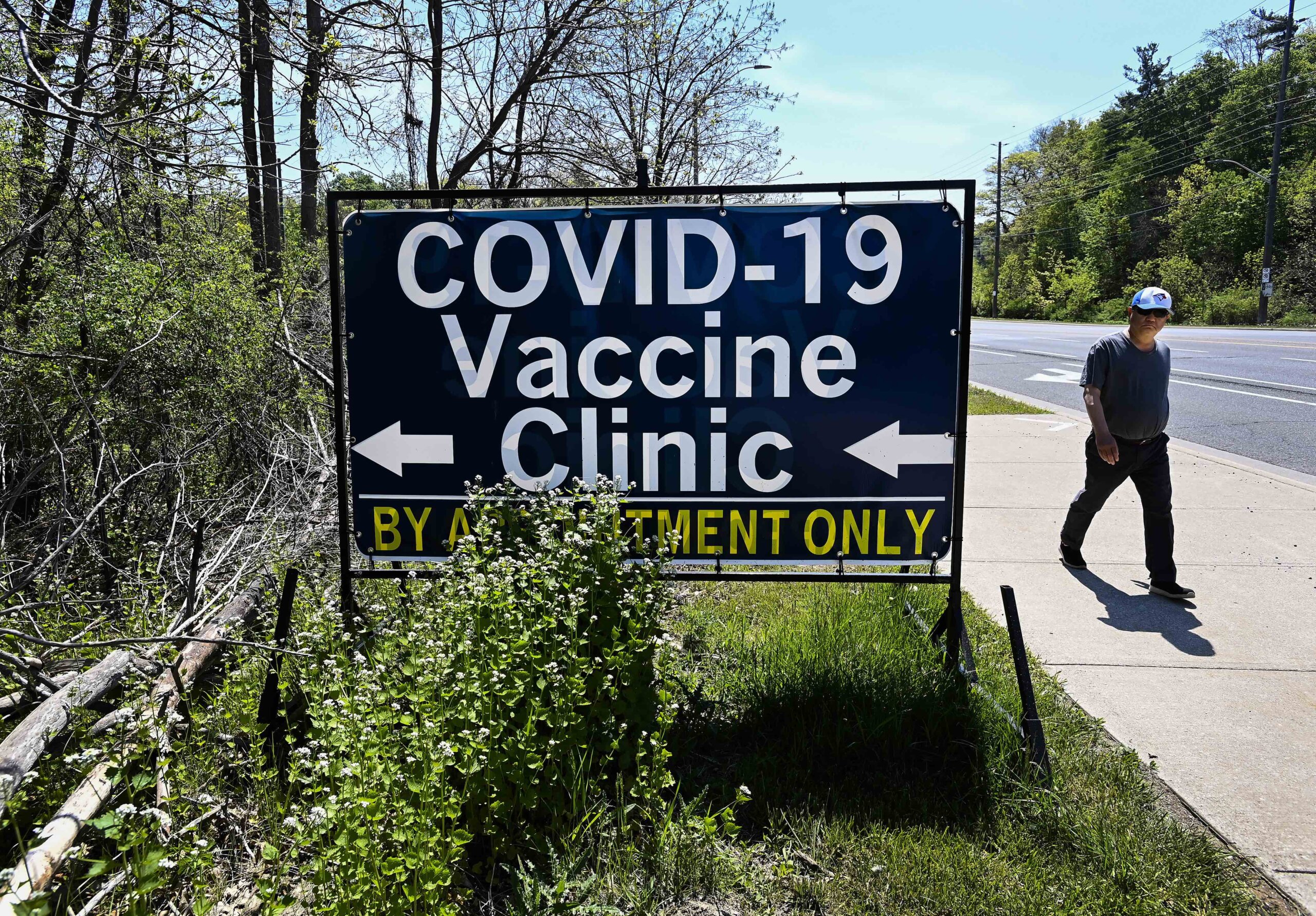Canada’s health care system sucks for trans people.
And it’s been the case for years: from deadnaming and misgendering during appointments to the litany of barriers in accessing services, it can be incredibly difficult to navigate obtaining any sort of care as a trans person, let alone the gender affirming kind.
The COVID-19 pandemic brought these difficulties into even sharper relief. Fae Johnstone, a principal consultant with the community advocacy group Wisdom2Action (W2A)—and a regular Xtra contributor—says she’s repeatedly heard horror stories from trans folks who’ve tried to get even basic care, like testing or vaccinations.
“Folks were either experiencing deadnaming and misgendering or just generally having a hard time being respected as trans people accessing services,” Johnstone says.
According to Johnstone, these community concerns prompted W2A to partner with the Canadian Public Health Association (CPHA) to develop a resource guide on how care providers can be more trans-inclusive. And as the country looks to “build back better” in the wake of the pandemic, advocates like Johnstone say there are some easy steps care providers can take to make things better for trans people.
The tipsheets developed by the W2A and the CPHA are currently being distributed to care providers across the country. They include guidance on empathy, logistics and information collecting that, while simple, can make a huge difference in the quality of care provided.
Here’s what you need to know. You can view all of the tipsheets here.
Intake forms
Johnstone says intake forms are one of the first places trans folks interact with the health care system, and one of the first instances where they are alienated. As vaccination efforts are rolling out across Canada, the need for inclusive paperwork is even more pressing.
“Public health agencies across the country need to look at their intake forms and make sure they’re in alignment with best practices,” Johnstone says.
Many intake forms require a name, but fail to specify if they require a legal name or the name you go by, which can differ.
According to the guide, intake forms should only include legal names if absolutely necessary, and should include an option for the patient to provide the name they go by. The same goes for gender: organizations should either present a variety of options and allow people to select multiple, or give patients the opportunity to write in their own gender.
Including a space to denote pronouns on intake forms will also not only help care providers use the correct pronouns, but indicate that it’s something service providers take seriously.
Johnstone says it’s also important to mention why this sensitive data is being collected and how it will be used. Community health and social services organizations are often required to collect personal information from people accessing care, but if an organization is legally required to collect someone’s deadname, they should assure that person it won’t be used anywhere else or shared with family.
Five tips for front line workers to better improve care for trans folks
The guide proposes five easy tips for front line health workers who want to improve how trans folks are treated.
First, respect pronouns and chosen names. Ask clients and patients what pronouns and names they want you to use, and use those. Normalize using gender-neutral pronouns like they/them when you aren’t sure.
Second, normalize gender-neutral language in general, and don’t assume everyone is cis or straight as the default.
Third, lead with empathy. Reflect on the challenges LGBTQ2S+ people face and the unique impacts the COVID-19 pandemic may have had on people who, for example, may not be connected to their family.
Fourth, acknowledge and apologize for mistakes. If you get a name wrong the first time, that’s okay! Mistakes happen. But it’s important to apologize and correct going forward.
And finally, the guide notes that it’s important that front line healthcare workers take care of themselves, too; you have to care for yourself in order to care for others.
How to best navigate care as a trans person
As the pandemic begins to wane in Canada, many trans folks are likely re-entering the health care system after time away—whether that means obtaining surgeries that have been delayed or seeking trans-related medical care for the first time.
Johnstone says people should approach the system with cautious optimism.
“A lot of the time, our services say that they’re inclusive of trans people without actually being. And so for trans folks I always say, you know, go in prepared to be your best advocate,” she says.
Don’t be afraid to bring a friend, partner or loved one to help advocate for you or provide moral support.
Ultimately, Johnstone hopes that public health agencies listen to trans communities and involve them in developing practices and policies for now and the future.
“If [public health agencies] take tips from our toolkit, more power to them, but we know that this knowledge rests in community. We know that communities have the answers. So I hope that, more than anything, more public health agencies engage with trans communities, hire trans people and bring trans folks into the conversation around what trans-inclusive health care can and should look like.”


 Why you can trust Xtra
Why you can trust Xtra


